51km London's cobbled classic
Radnor Mews
Ride Overview
London’s premier cobbled ride
There are more than 50 cobbled streets in the city and riding them is a thrilling and challenging experience. The ride will certainly test the heart and legs and is much more tiring than the distance suggests. It’s a ride through London’s street history, passing through many pretty mews, old docklands and famous West End districts. However, it is probably not for the views, nor the city sights that you’ve chosen to ride this route - it’ll be for the cobbled experience, which is superb. After this experience you may even be ready to tackle some of Europe’s most famous cobbled classics, such as the Paris-Roubaix, or the Tour of Flanders.
Route revised January 2023
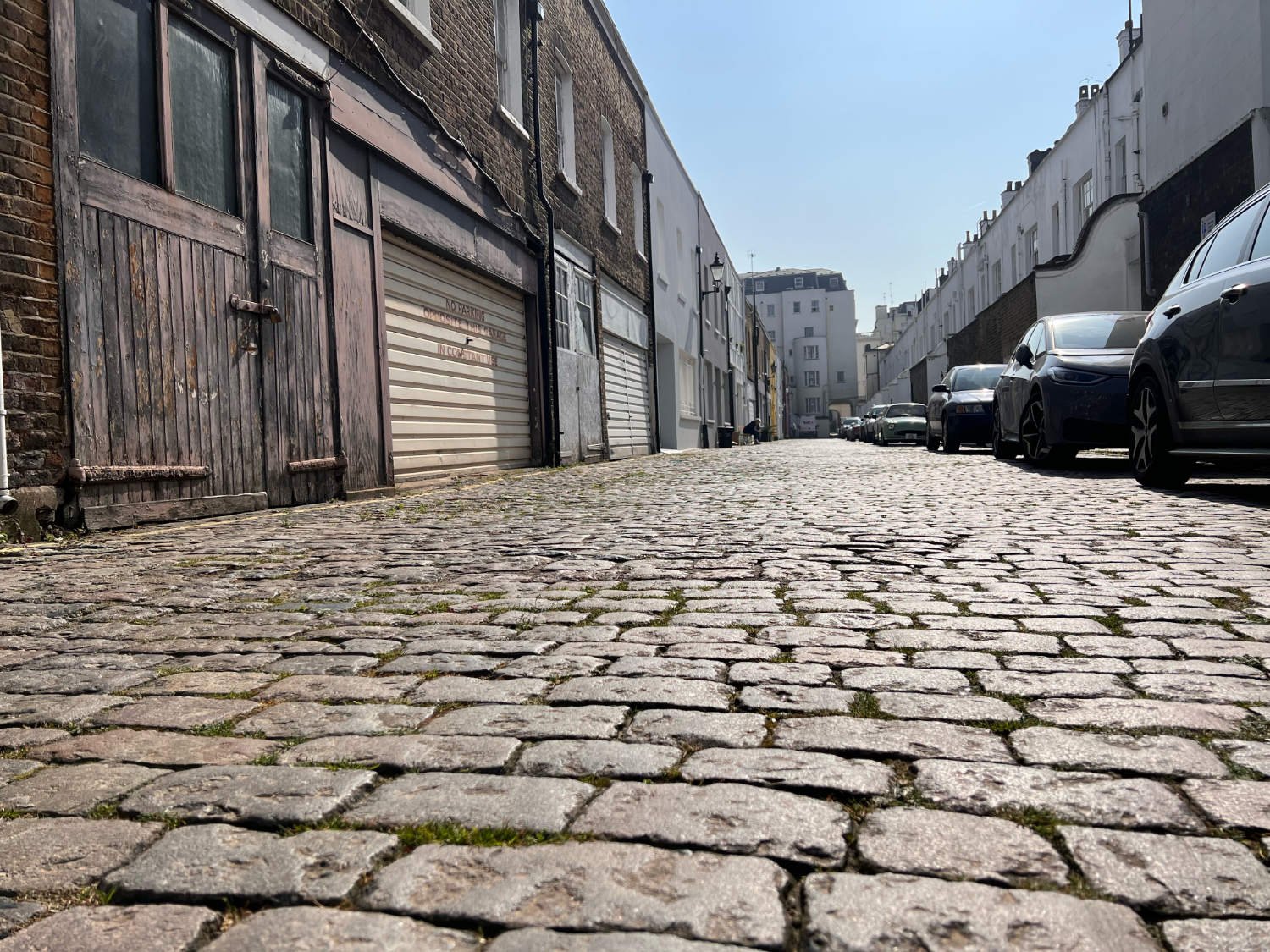
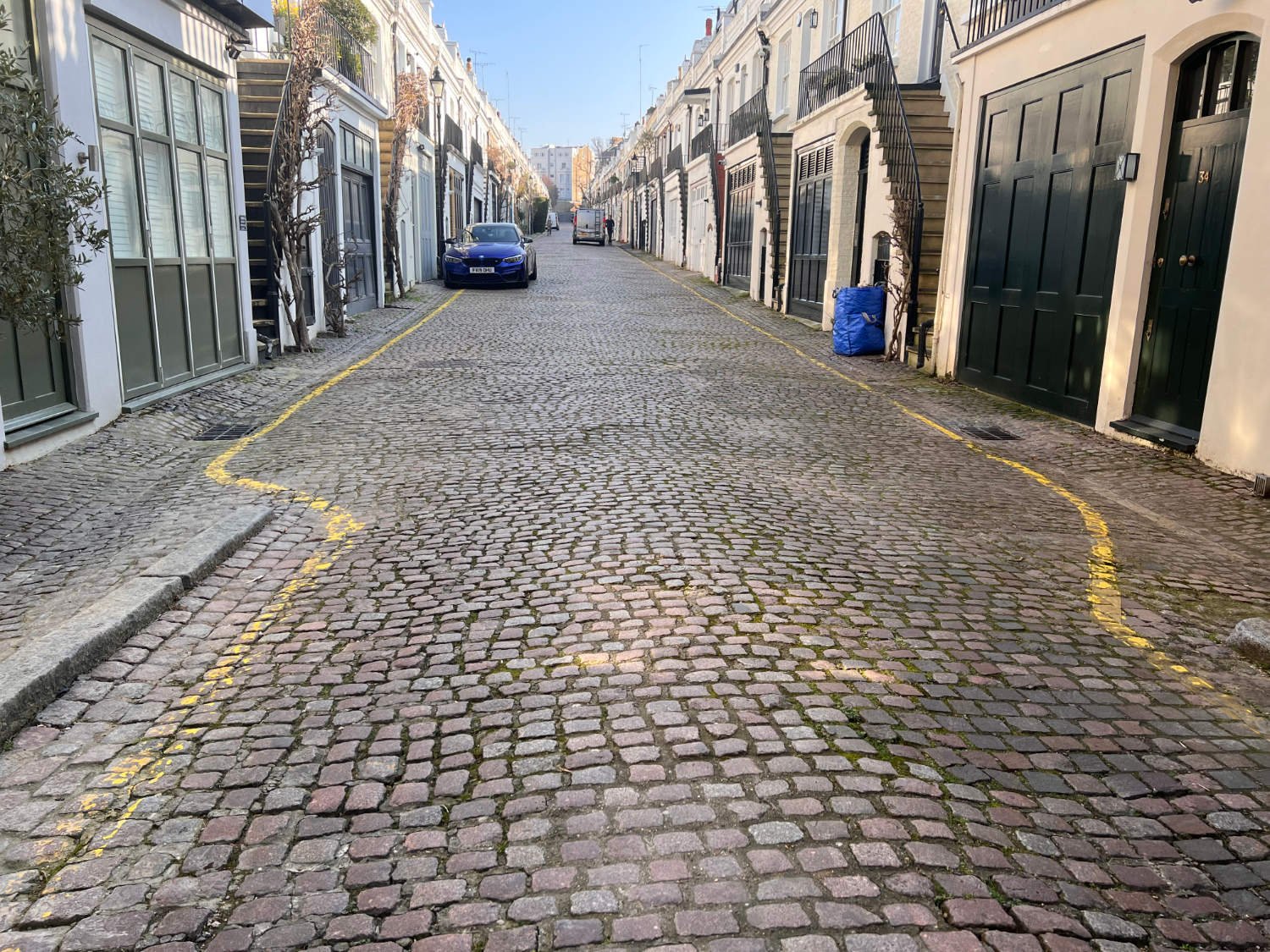
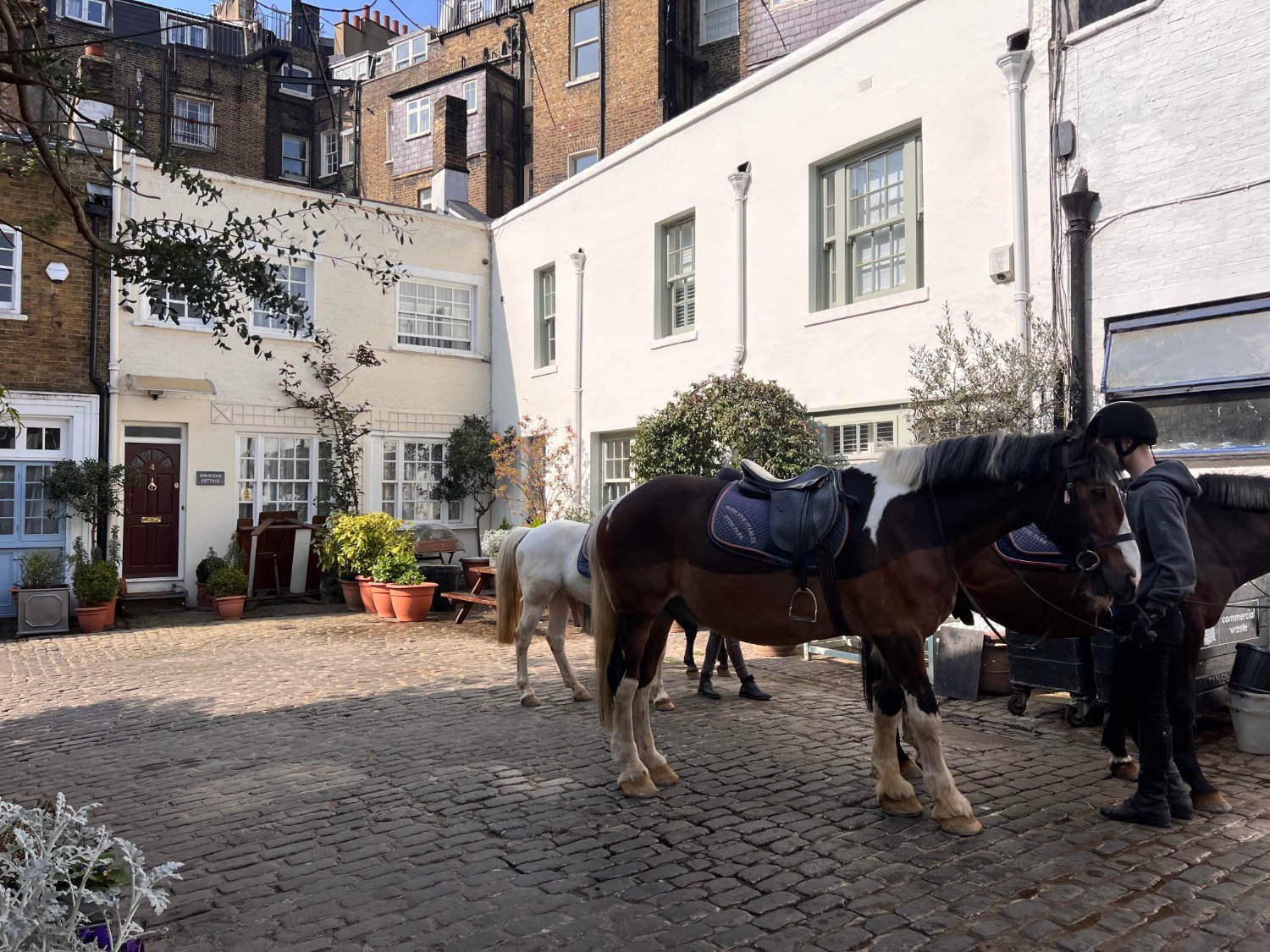
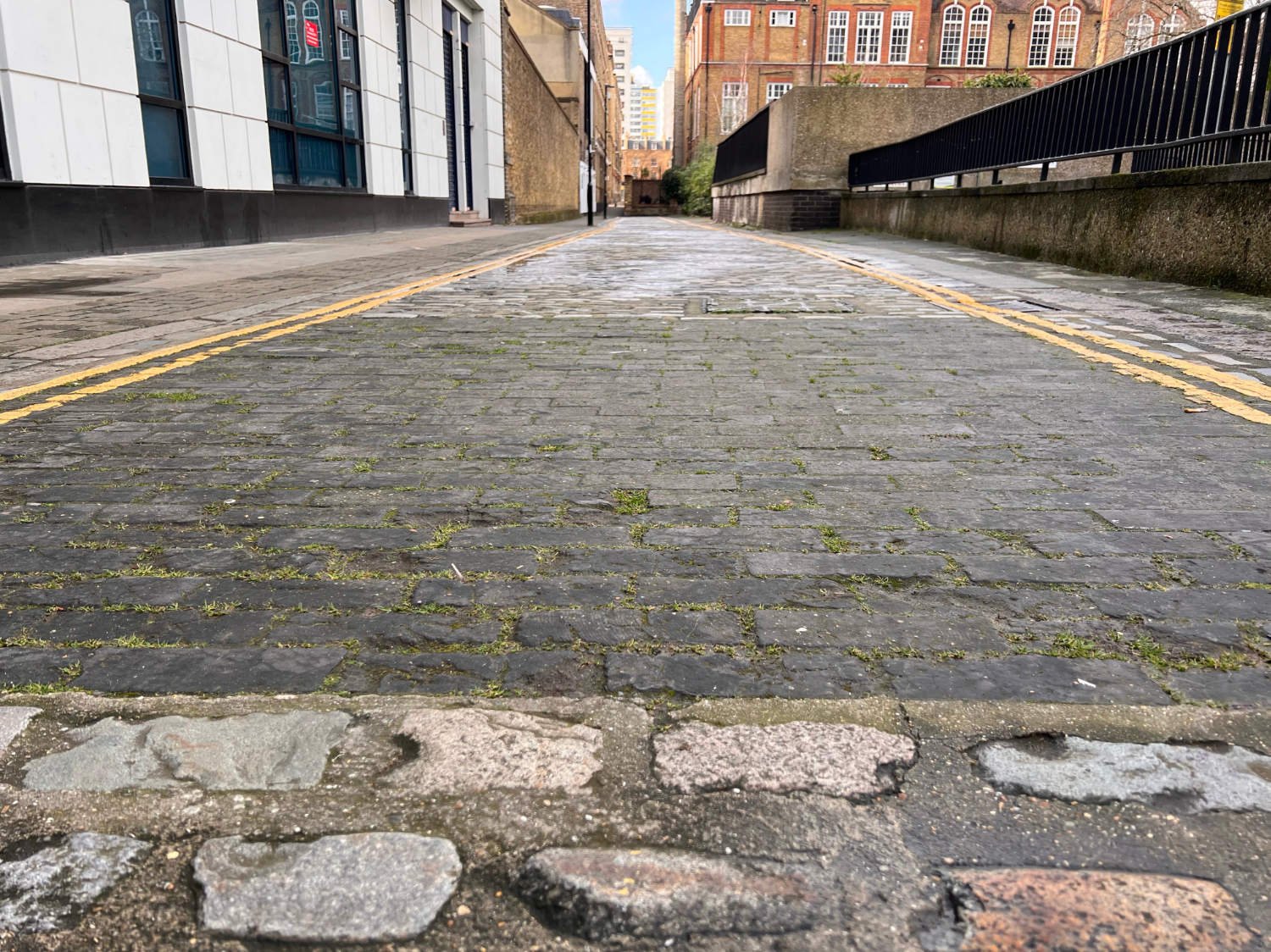
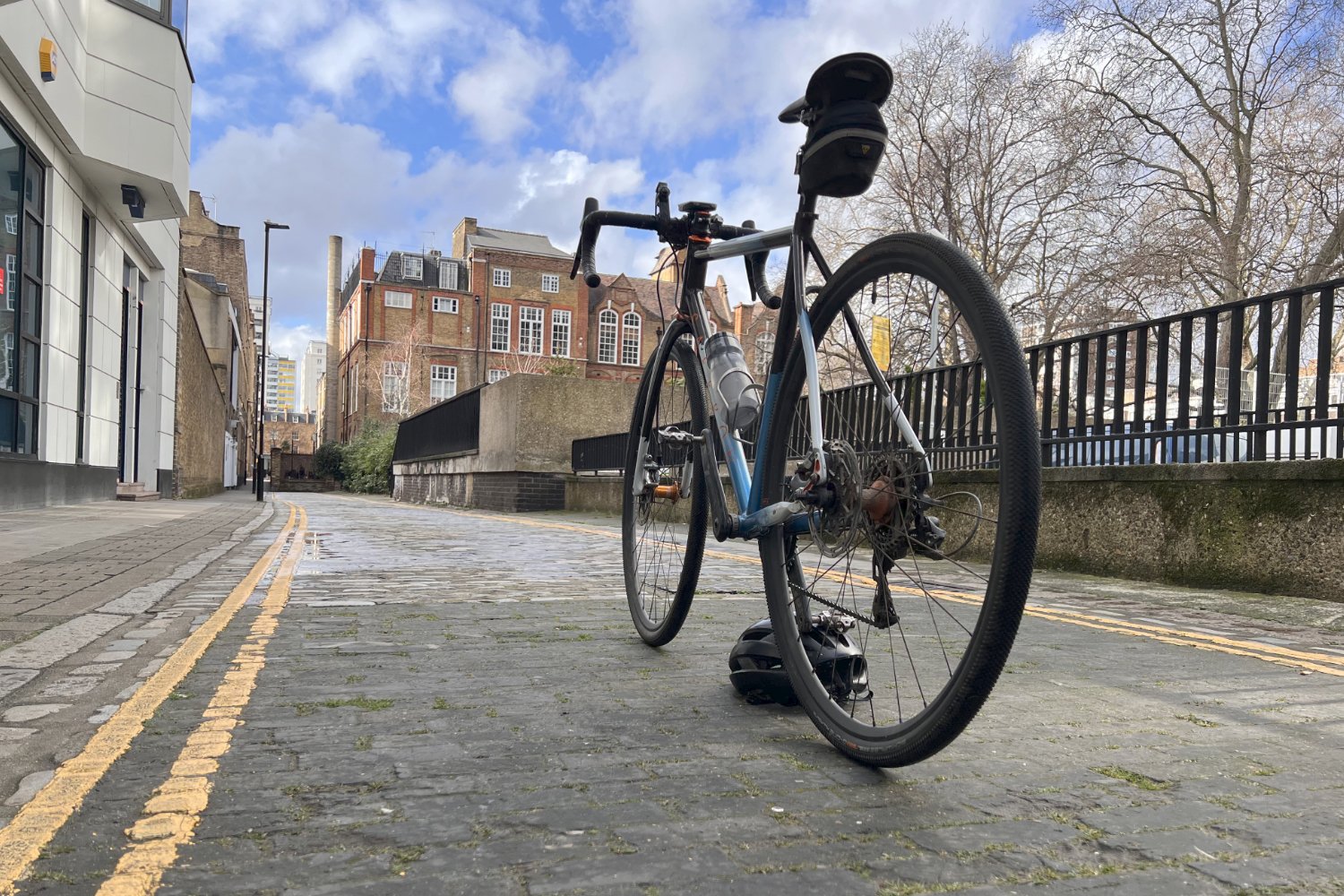
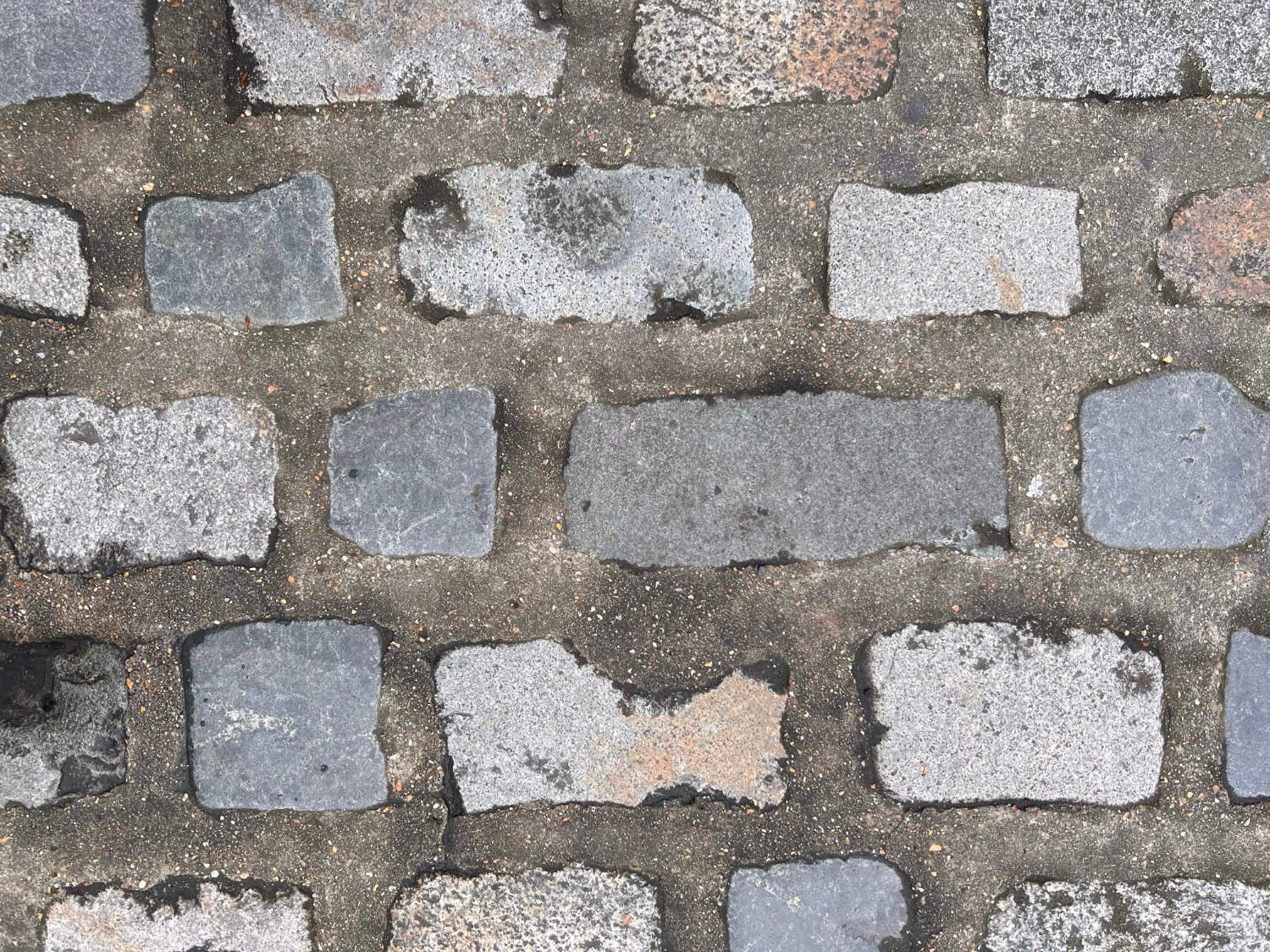
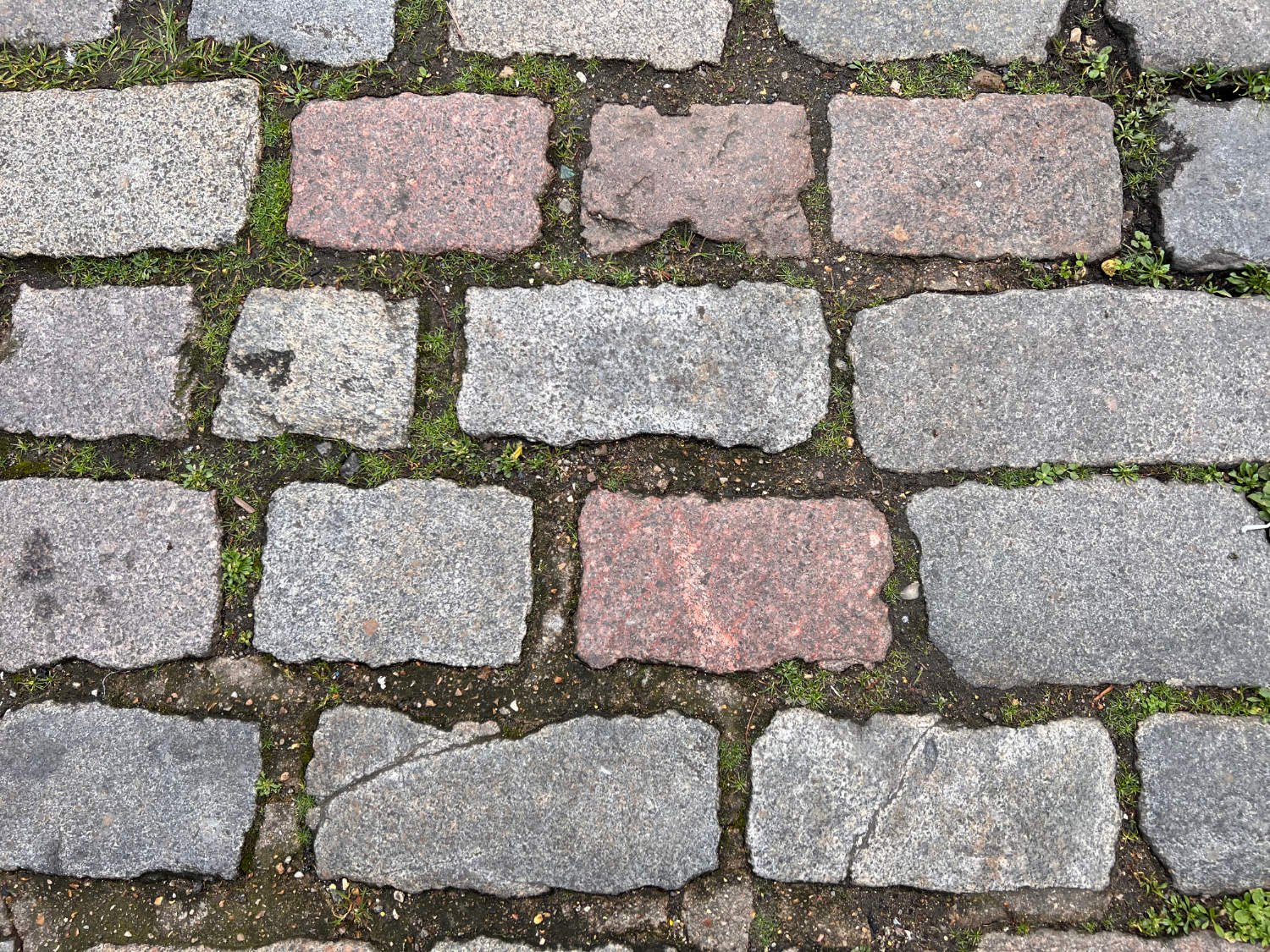
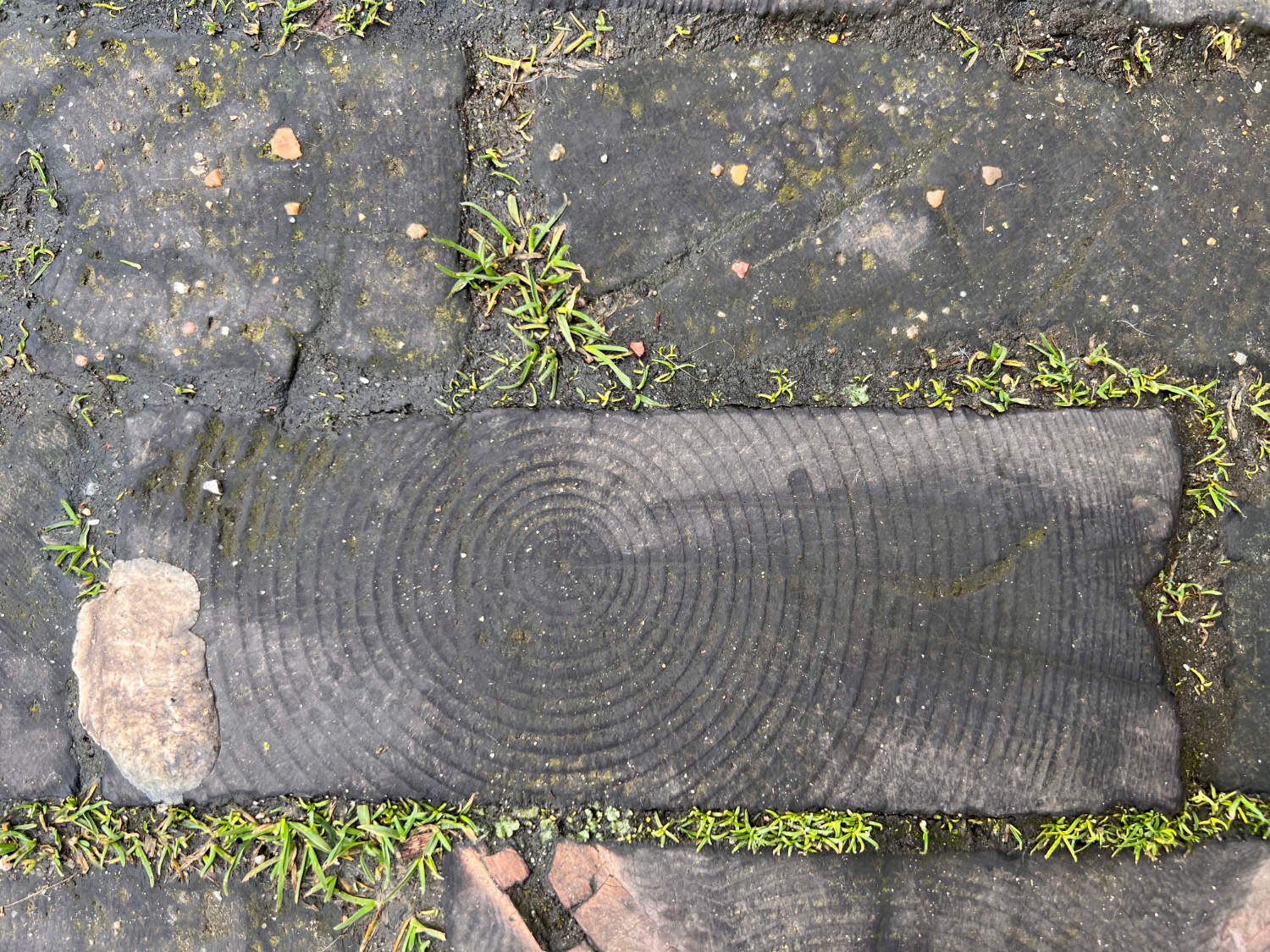


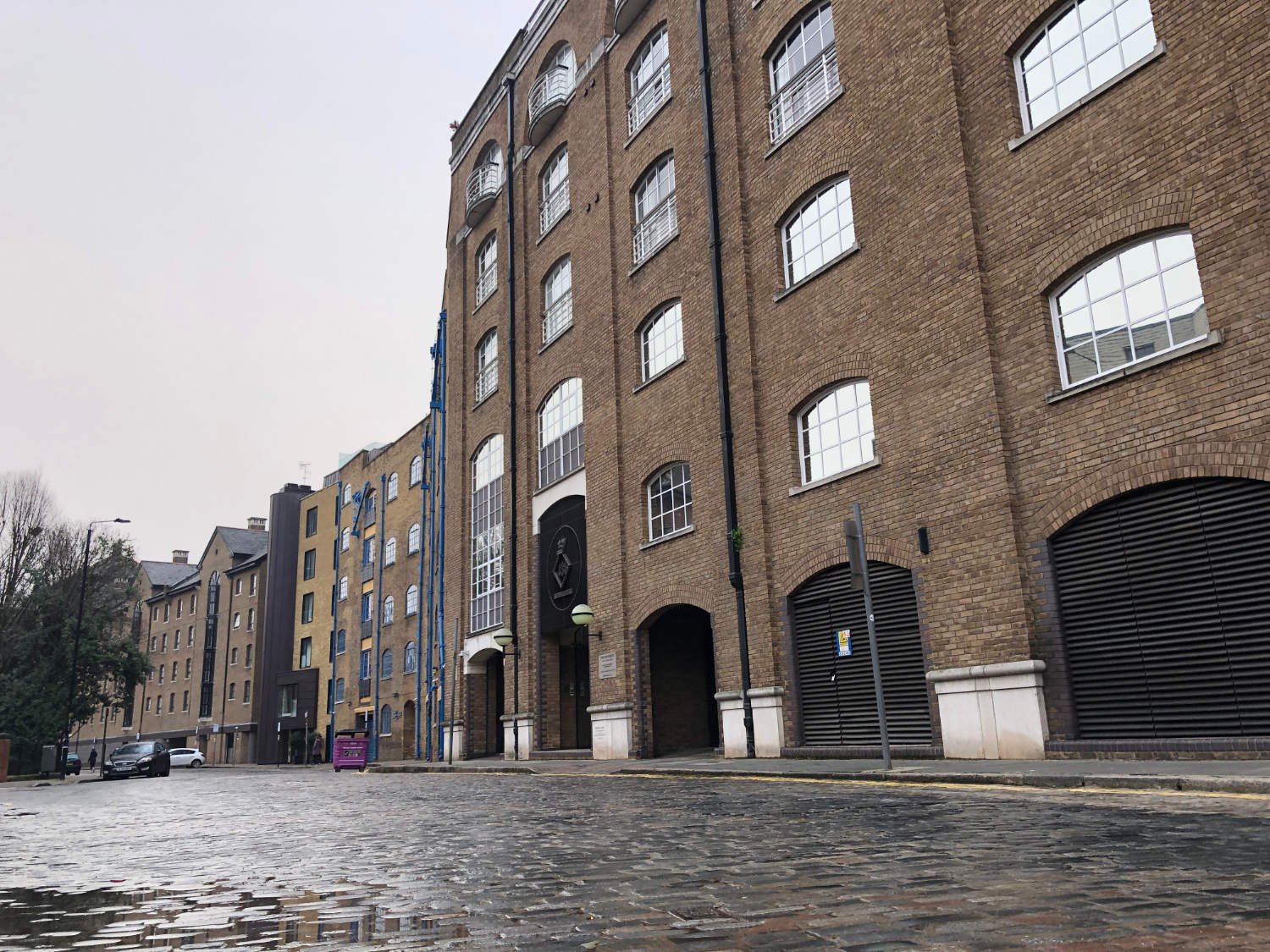
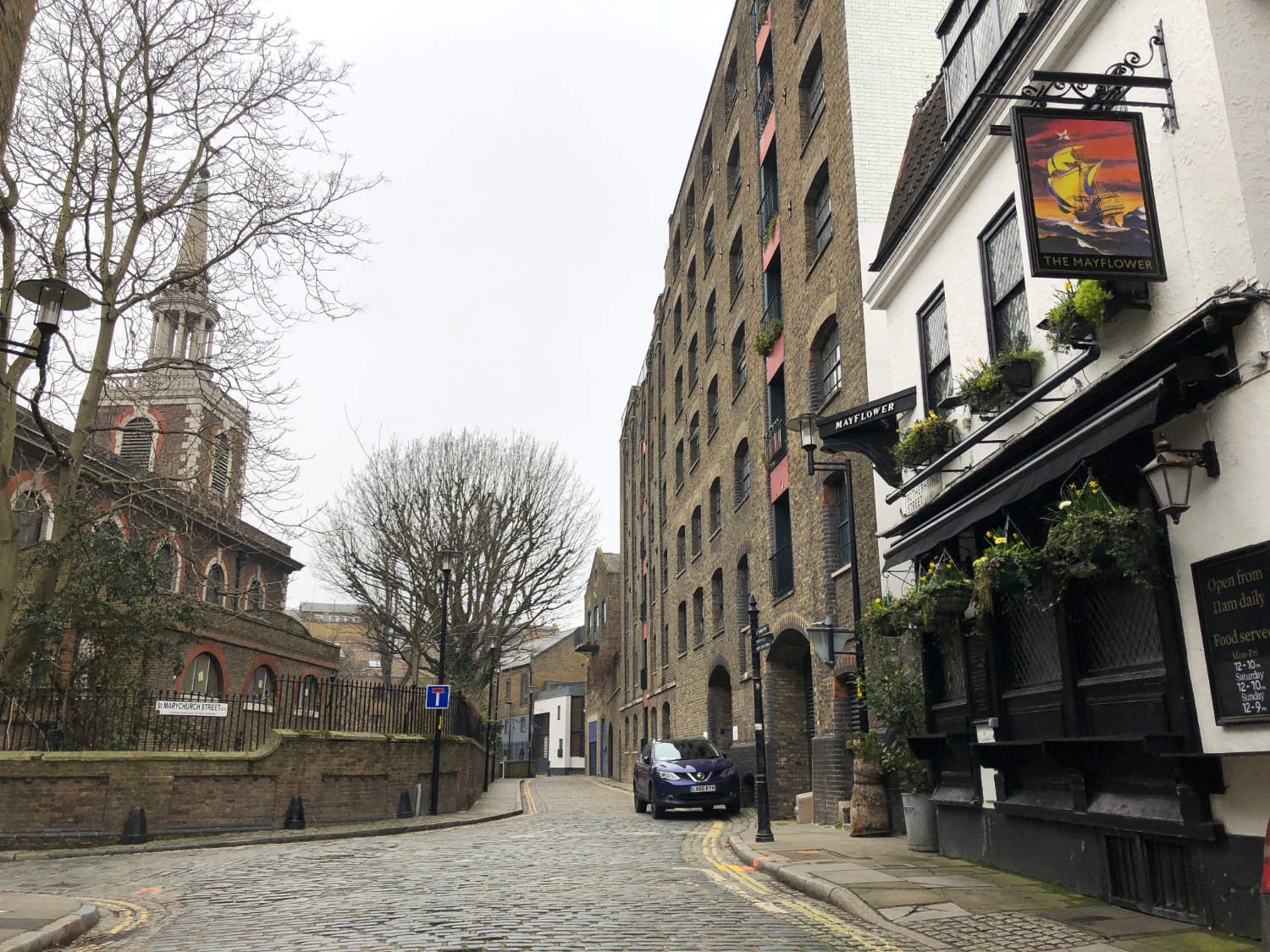
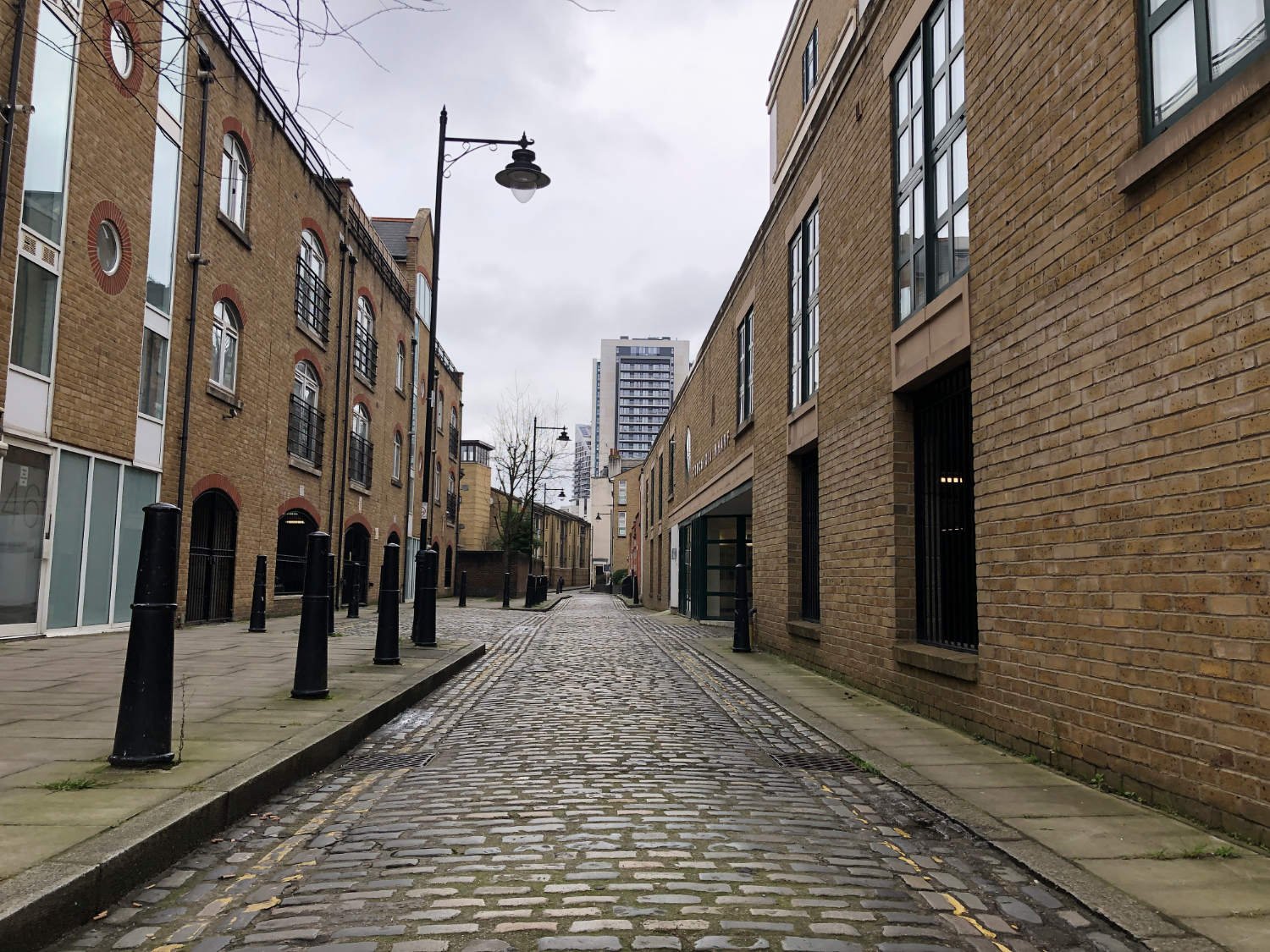
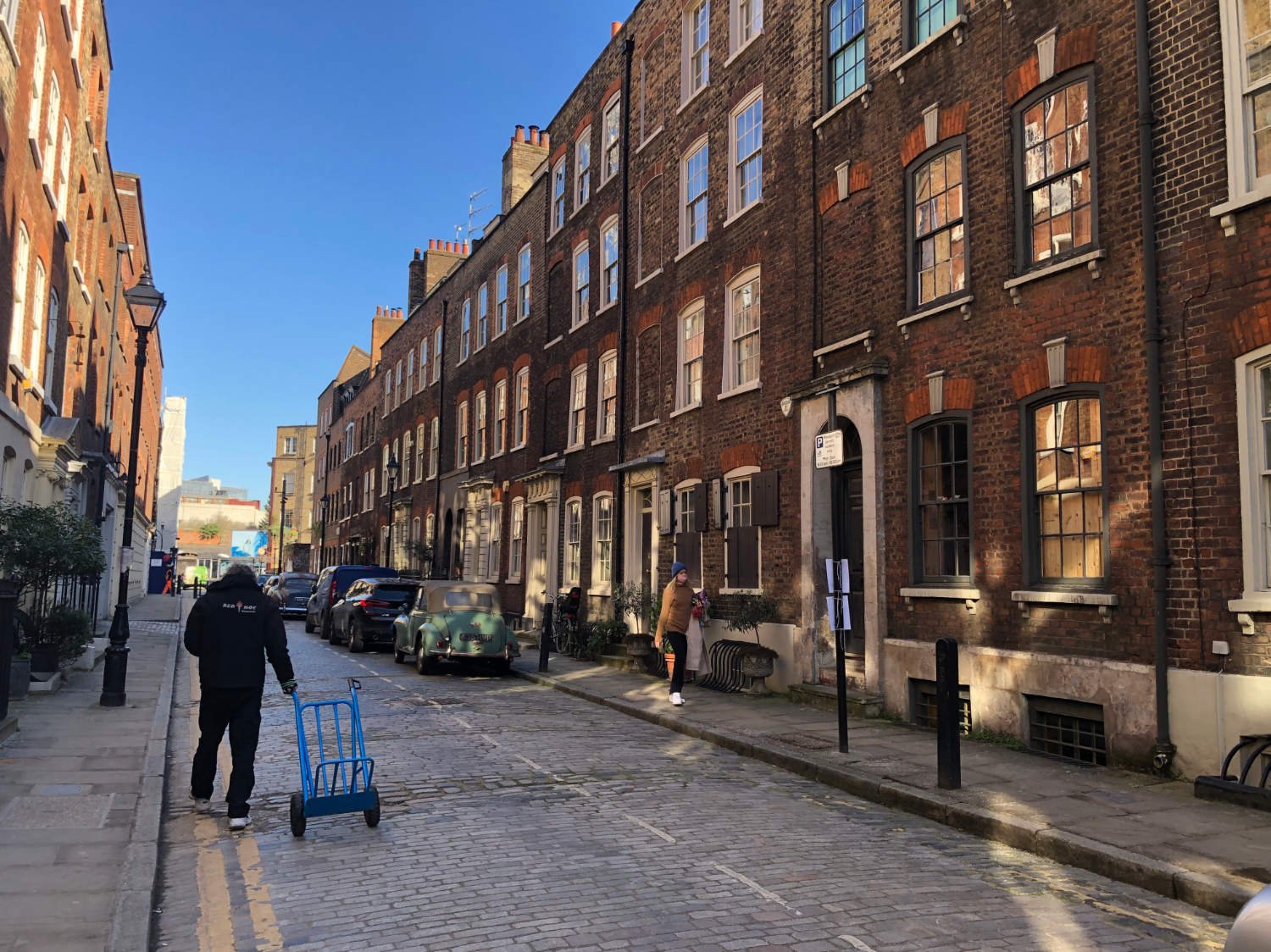
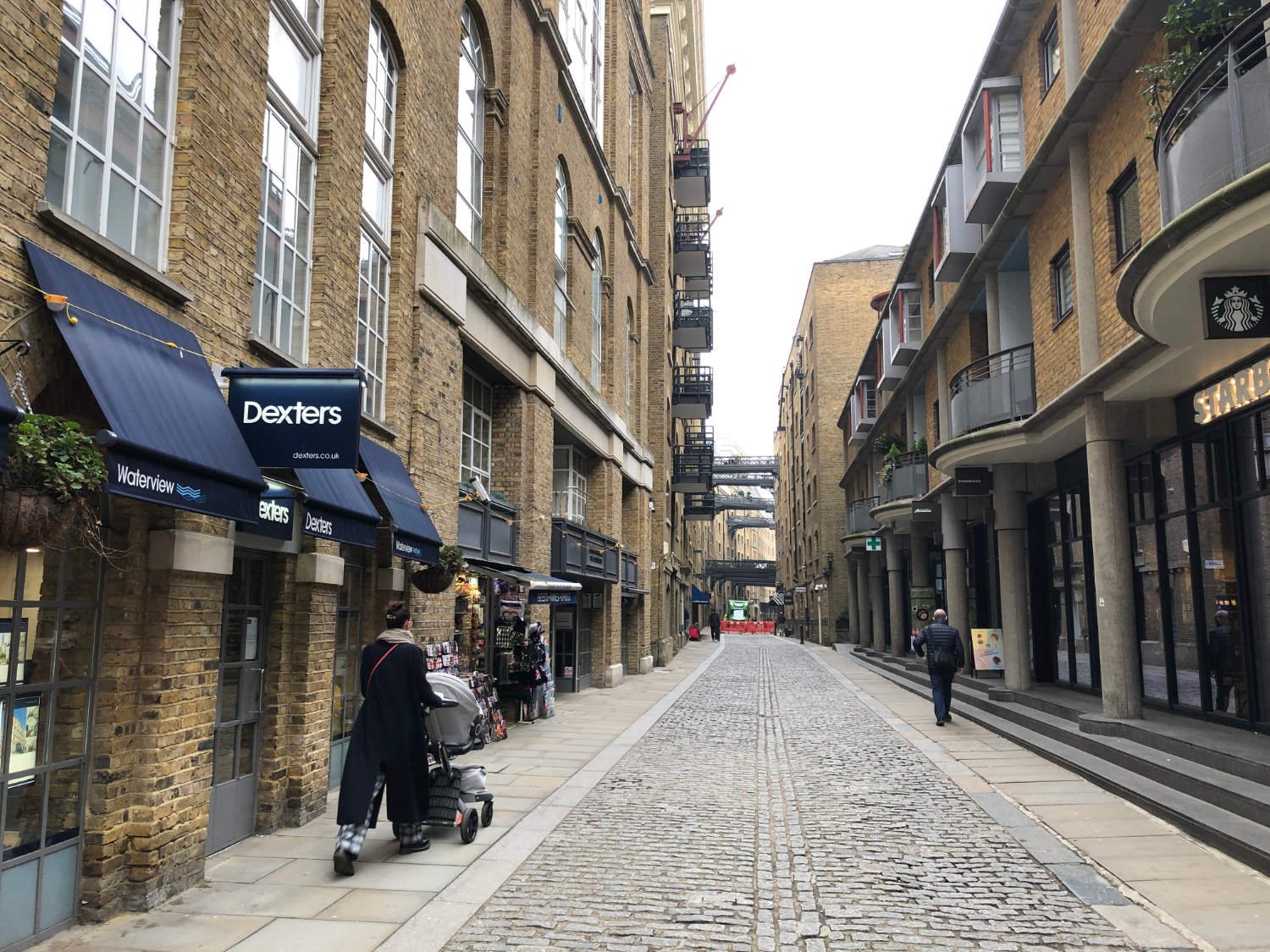

Ride Practicalities
Unlike other rides on the website, this one comes with a few words of caution - it is a route designed for a more experienced rider who needs to be super-alert at all times, as many of the cobbled sections emerge suddenly onto busy roads. Due to the many twists and turns, navigation can be tricky. A very smart and responsive navigational device, preferably one with an audio giving turn by turn directions, is strongly recommended. As with many intricate city routes, riding it more than once is also recommended as you will be able to anticipate some of the turns ahead and the ride will have greater fluency. Having said all that, the route is superb and truly memorable, especially if you ride it on a Sunday morning before the delivery vans and wandering shoppers clog up the small back streets of the West End.
Ride Practicalities
START/FINISH: Shepherd’s Bush DISTANCE: 55km. TOTAL ASCENT: 303m TERRAIN AND SURFACES: The ride is a mix of cobbled and tarred streets FOOD AND DRINK: Clerkenwell, Terroni and Sons (Home-cooked breakfast, lunch and great coffee in the oldest Italian cafe in London. Opened 1878. Wapping; The Town of Ramsgate, a pub since the 1600s. MAINLINE/OVERGROUND TRAIN SERVICES: Shepherd’s Bush LINKS TO OTHER RIDES: The Greatest City
Ride Notes
There is little by way of warm up as you leave Shepherd’s Bush station and head, into the western entrance of Holland Park Mews, a 300m rising cobbled lane. The first set of stones, followed by the sharp kick at the end.
Left out of the mews, and you have 300m of recovery, and if you are fortunate, the lights of Ladbroke Grove will be red so your heart rate will have a further chance to settle down, before the whole experience begins again on Ladbroke Walk, another 200m uphill and stoney ride.
The skill - or secret - of riding cobbles is to ride them in the highest gear that you can turn. Go as fast as safety and ability allow. Apart from the grin- inducing fun of it all, along with the rapidly rising heart rate and panting breath, it is the least jarring method of riding them. You’ll find that if you hold the handlebars loosely, riding the cobbles is less harsh on your wrists and shoulders.
After this swift and jarring introduction to London cobblestones, the ride now takes a gentler turn for a couple of kilometres as you navigate along Westbourne Park Road into Bayswater. And just when you were being lulled into a false sense that the ride was not going to be as hard as you thought, there are five sections with barely a pause between them. By the time you’ve ridden out of the Bayswater district, you’ll have ridden over 2km of the bumpy stuff.
Prior to the 18th century, London’s roads were a mix of mud, straw, bones, rotting animal flesh, household rubbish and faeces, (both animal and human). Due to Londoners complaints, local authorities began to replace the mud with stones. Usually, shaped granite sets were used rather than cobbles which are more rectangular, larger and more slippery. However, people complained about the noise of the horses’ hooves and the clattering of the iron clad wheels. Local parishes (there was no unitary government of London at this time) were petitioned by shop keepers who could not hear their customers, by residents who could not sleep, by businesses and even by the judges at the Old Bailey. Another solution was needed.
As you ride through Westminster towards Covent Garden, what appears under your tyres will be the more familiar London pot holes, and breaking road surfaces. At Seven Dials in the heart of the Covent Garden district, there are more ‘secteurs’ of rattly streets, none of which are particularly severe. If you are a follower of the cobbled classics in Northern Europe during the Spring, you’ll know that the ‘secteurs’ (cyclists are keen to show off their French cycling terms) are graded one to five stars - the latter being the hardest. The streets of Covent Garden would fall into the ‘one star’ category.
There’s a lull in the cobbles until Clerkenwell, where a succession of three star sectors wait to greet you. At the end of Chequer’s Street, as you approach Bunhill Fields, you arrive at what Londoners hoped would be the solution to the noise and dirt of their streets. Wood.
Wooden blocks were used extensively on London streets. They were much quieter but nothing like as hard wearing and also they were very slippery. These blocks on Chequer’s Street aren’t old, for they were set in the 1990s, for reasons unexplained.
The next set of ‘secteurs’ is in Hoxton, quickly followed by four star sectors in Bethnal Green, Bow and Stepney Green. But none of these match the highlight of the route. Arriving in Wapping High Street, you have almost a kilometre of four star stones to ride over, without interruption. By the end of the sector, you’ll be breathless and thrilled. It might be worth stopping for beer or coffee at this stage at one of the many historical pubs or artisan cafes.
There’s a quick foray across the river into Shad Thames, followed by several short and not too difficult sectors through Bankside and Waterloo. In Belvedere Road, behind the old County Hall is one of the largest sections of existing wooden blocks. Then, it’s back across the river and an easy ride up into Kensington, where there are short stretches through some very pretty mews. In summer, roses climb the walls of the pastel painted houses, the tubs and barrels outside doors are filled with flowers.
The final 100m rough-road stretch is along Hansard Mews and as you arrive at the end and return to the hard tarmac of the modern road, consider what happened to the old wooden blocks. Most were dug up and burnt, and this contributed greatly to the terrible smogs of the mid-twentieth century. As for the cobbles and granite sets, most of them still remain under the tarmac of the modern road.
To read the article on the history of London’s streets, click here.
Every route on this website has been carefully researched as well as ridden. However situations on the ground can change quickly. If you know of changes to this route, or cafes, pubs and the like which you think other cyclists need to know about, feel free to share your thoughts below.
If you enjoyed this guide, why not subscribe to the website so as not to miss other inspirational routes?
wheremywheelsgo.uk is a Feedspot UK Cycling top website








